PRESERVING A MILITARY LEGACY FOR FUTURE GENERATIONS
The following Reflections represents CPL George Wick’s legacy of his military service from 1965 to 1969. If you are a Veteran, consider preserving a record of your own military service, including your memories and photographs, on Togetherweserved.com (TWS), the leading archive of living military history. The following Service Reflections is an easy-to-complete self-interview, located on your TWS Military Service Page, which enables you to remember key people and events from your military service and the impact they made on your life.
Please describe who or what influenced your decision to join the Marine Corps.

The primary influences were Uncle Sam’s draft notice and my older brother Dave. My older brother Dave was serving in the Marine Corps at the time. So, I asked him how the Marines were, and he said, “it is not too bad.” I knew nothing about any of the service branches at the time. Therefore, his opinion meant a lot to me. Thus, the decision to join the Marine Corps came from my older brother Dave and Uncle Sam. I remember many times in boot camp thinking; if this is not too bad, it must be going to get a lot worse.
Whether you were in the service for several years or as a career, please describe the direction or path you took. What was your reason for leaving?
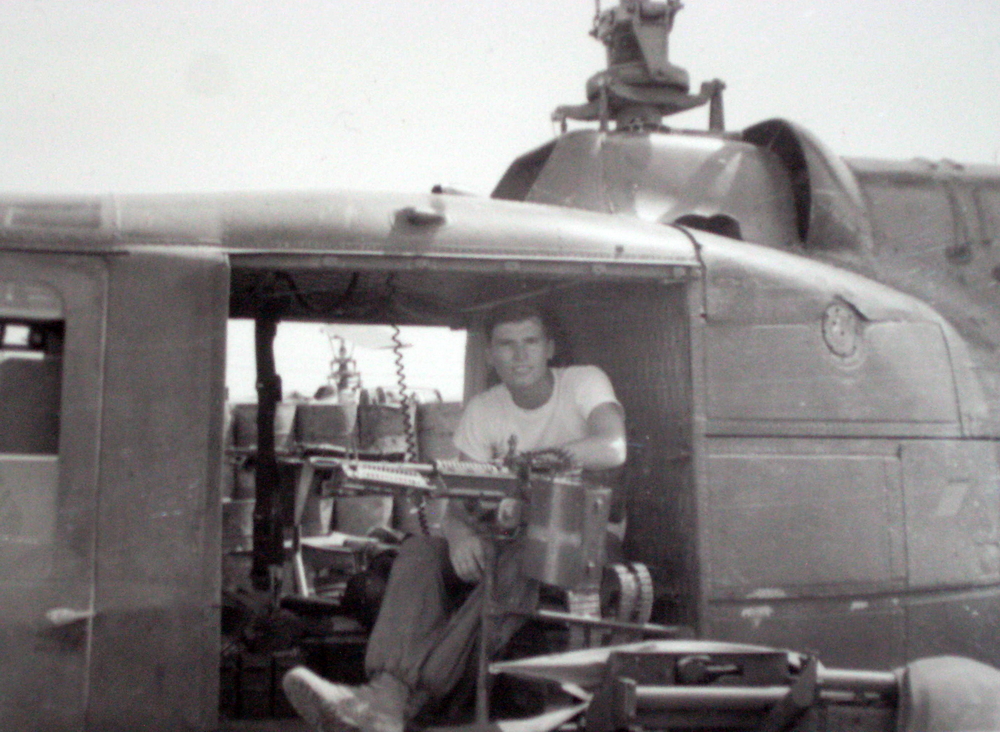
My path in the Marine Corps begins with boot camp in Parris Island in Beauford, South Carolina, then on to Camp Lejeune in North Carolina for Infantry Training. After Marine infantry training, I went to Aviation Ordinance School in Jacksonville, Florida. The school lasted six months, was taught by excellent instructors, and covered most weapons on their planes at the time.
After Aviation Ordinance School, I was stationed at MCAS, Beaufort, South Carolina, for fourteen months. I worked in the ordinance shop for Gunny Smith. During that time, I learned a lot about the armament systems on the Marine Corps aircraft. Gunny Smith had armament system electrical simulations for all the aircraft we worked on, and I think he made them himself. The two aircraft that I remember working on were the A-4 Sky Hawk and the F-8 Crusader. We would update the planes with the latest armament systems and fix them when they were not working right. To install these systems, I would have to sit in the pilot’s seat, take the dashboard apart, and fix or update the armament systems. That is when I decided I did not want to be a pilot. The cockpits are very small and compact; my knees were under the dashboard when I sat in them. It looked to me that if I had to eject from these planes, I would leave my lower legs in the plane; I was 6’-3″ at the time. During this time, I also loaded bombs, missiles, and machine gun ammo onto the planes and unloaded what they did not use.

After Beauford, I discovered what the Marine Corps wanted me for; I was sent to Phu Bai, Vietnam H&MS MAG-36 1st MAW. I am not sure how I ended up at Phu Bai, there were two Marines out of 3 or 4 pages of Marines on my orders that were sent to Phu Bai, and I was one of them. Phu Bia was the Marine Corps helicopter base located at an old airstrip about eight miles from Hue City. I had never touched a helicopter in my life before Phu Bia; I had only seen them fly over our farm in Pennsylvania a few times.
The living facilities were not fancy; I lived in a tent with the other Marine ordinance guys. There were usually four to six of us in our tent. My first job at Phu Bai was slave labor for the Seabees, building the revetments and taxiways for the helicopters.
The ordinance work consisted of assembling rockets and supplying the helicopter squadrons with the rockets and machine gun ammo. I was assigned to the flare crew shortly after I arrived. Five Marines were on the flare crew, the pilot, the co-pilot, and three guys handling the flares. The flares were used to illuminate areas requested by ground forces at night. The flare crew work consisted of loading the flares into the plane (C-117 twin prop WWII aircraft), dropping the flares from the plane, and unloading the 3/8″ thick steel pallets the flares were contained in on the plane. My time on the flare crew lasted about two months, January and February 1968; during that time, we dropped flares all over I corps. I was selected to throw them out the door because I was the biggest guy and could throw them out and down hard enough to miss the trailing back wing of the plane. The flare crew was an interesting job and became quite demanding after the start of the Tet offensive at the end of January 1968. We were over Hue City and the surrounding area from dusk to dawn almost every night until nearly the end of February.
Near the end of February, the enlisted members of the flare crew were approached by helicopter gunship squadron VMO-3 to fly for them as door gunners. We were approached because we all had flight status. The door gunner was a volunteer position in VMO-3, and they had trouble getting enough volunteers. One fellow on the flare crew and I said yes, and that was the end of our flare crew days.
I was not officially transferred to VOM-3 because there were not enough ordinance Marines at Phu Bai to assemble the rockets and distribute ammo to the squadrons, so I worked for both until September. It worked out that I flew on the helicopters (UH-1E Gunships) about every other day. This period was during the Tet Offensive, so it was hectic. I was officially transferred to HML-367 (VMO-3 changed its name to HML-367) in July and spent the rest of my Vietnam tour in HML-367 as a door gunner, working on the helicopter’s armament systems, helping with rocket assembly, cleaning M-60 machine guns, and ammo distribution when I was not flying.
After my Vietnam tour, I returned to H&MS, MAG-14, 2nd MAW, MCAS, Cherry Point, North Carolina, to their ordinance department in late January 1969. The work was similar to Beaufort, SC, but not as much hands-on with the planes. I worked mainly loading and unloading ordinance and in the magazines on base.
While at Cherry Point, I was temporarily assigned to DUINS NAS Annapolis, Maryland as a rifle coach at the Naval Academy. My stay at the Academy was the month of July 1969, and I instructed the first-year class to use rifles on the Academy’s range.
After my month on the rifle range at the Naval Academy, I returned to Cherry Point and was discharged on September 30, 1969.
I left the Marine Corps because I thought I had done my part and if I stayed, I would be back in Vietnam within a year. After leaving the Marine Corps, I attended Penn State on the GI Bill and graduated with a B.S. in Civil Engineering.
If you participated in any military operations, including combat, humanitarian and peacekeeping operations, please describe those which made a lasting impact on you and, if life-changing, in what way?

My time in Phu Bai on the VMO -3 helicopters making insertions and extraction of grunts always made me think I was helping. Particularly on the extractions, we would hear them whispering on the radio, directing us to their location, and then see them running into the transport helicopters. Also, when we directed fixed-wing airstrikes, we would see just how terrible war is.
Did you encounter any situation during your military service when you believed there was a possibility you might not survive? If so, please describe what happened and what was the outcome.
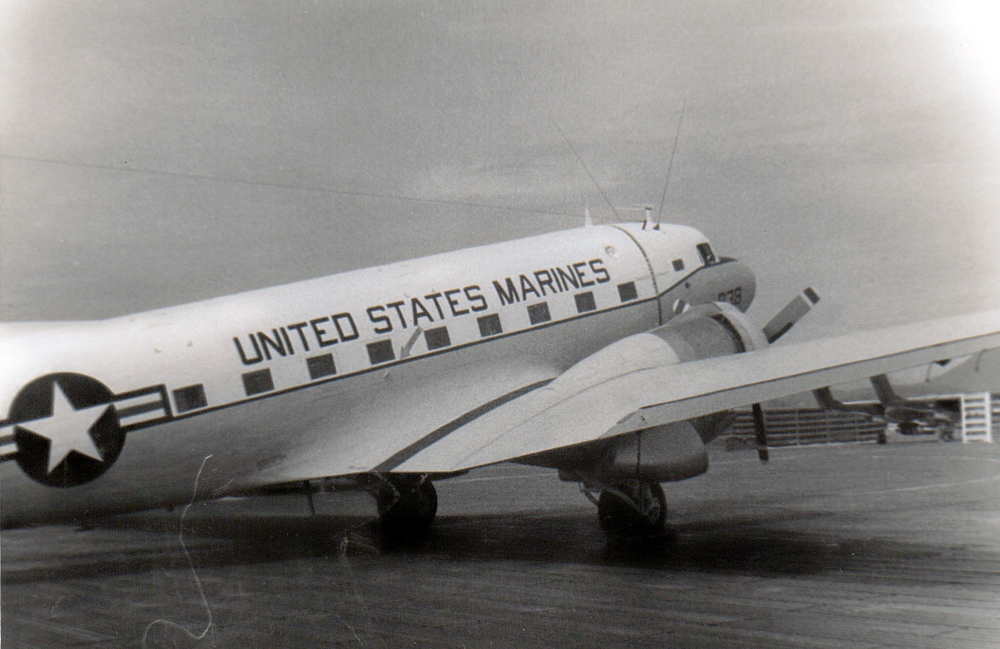
On the flare crew, we made several night landings at the Phu Bai airport without our radio working. Our pilot, Lt Colonel Courtney, was an excellent pilot, and I think he had made arrangements with the tower on what he would do if we lost our radio before landing. Well, we did this; we would buzz the tower and flash our lights to let them know we wanted to land. We would then circle and flash our lights a couple of times as we approached. Then the tower would turn on the runway lights enough for us to get our bearings, then turn them off, and we would land. During this period, the Tet Offensive was taking place, and there were never any lights lit on the runway when we approached, and we never had our lights on during flight or landing. We were a slow-moving large aircraft vulnerable to small-arms fire. The outcome was that we always landed all right and were back up the next night.
Of all your duty stations or assignments, which one do you have fondest memories of and why? Which was your least favorite?

My fondest memories come from my time at the Naval Academy instructing the Plebes on how to shoot their rifles. That was the only time in the Marine Corps that anyone called me “Sir,” which the Plebes always did. Also, I missed teaching Oliver North how to shoot by one summer; he was at the Naval Academy in 1968, a year before me.
Cherry Point, North Carolina, was probably my least favorite because I was there a short time and never really got involved in the activity there. That was also where I applied for an “early out” from the Marine Corps to attend Penn State. It was granted, but my start date was two weeks after classes started at Penn State. It was bad enough to start college four years after high school; just coming from a war zone and ending up two weeks late for classes seemed a little much.
From your entire military service, describe any memories you still reflect back on to this day.

At the Phu Bai base, mainly at night, we would sometimes receive incoming rockets, mortars, and occasionally artillery fire. On one occasion, a rocket hit about sixty feet from our bunker and left a hole three feet deep and about ten foot in diameter. From then on, I knew our bunker would not handle a direct hit.
I often remember some of our missions in helicopters that were not successful. The nights we slept at our remote refueling stations in the mountains so we could be on site early in the morning. Also, when we were refueling at the fuel stations in hot weather, and needed to set and run the helicopter’s engine for a while to burn off enough fuel to take off and clear the trees surrounding the fuel station.
When we landed on the shore of the South China Sea and tried to swim in the South China Sea, the water was too shallow to swim in, and we had to wade out at least 150 yards before it was still only waist-deep.
One morning, we flew along the coast and saw the Battleship New Jersey setting offshore with a submarine on each side.
My worst memory is when I returned to the US and was treated like a war criminal. After watching the last few elections, I think the media was why we were mistreated when we returned home.
What professional achievements are you most proud of from your military career?
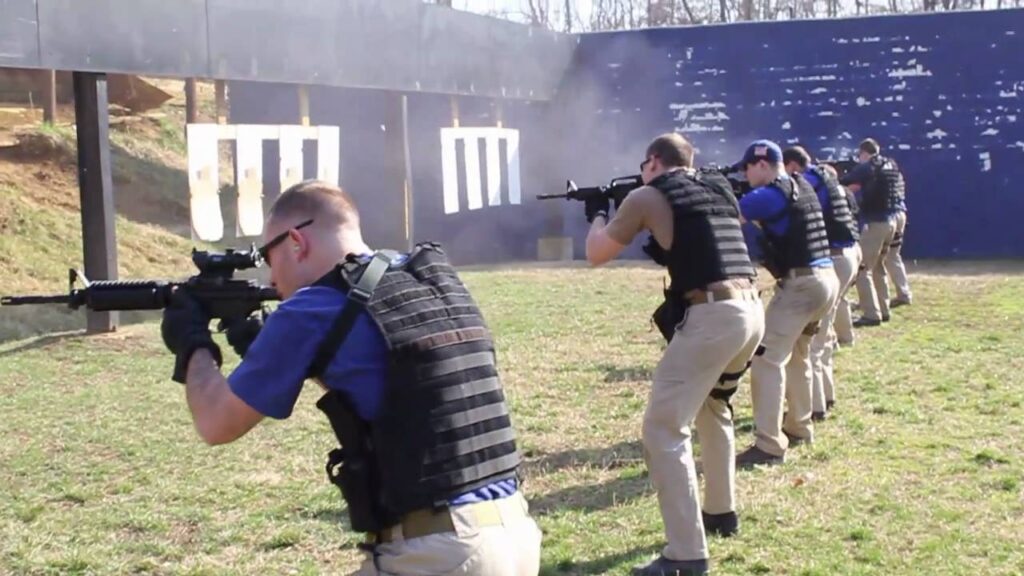
When I was selected to be a Rifle Coach at the Naval Academy and had the opportunity to fly on the flare crew and in the helicopters, doing my part to help my country.
Of all the medals, awards, formal presentations and qualification badges you received, or other memorabilia, which one is the most meaningful to you and why?

My Air Metals are the most meaningful to me. I have many fond memories of flying with the Flare Crew, VMO-3, and HML-367 Gunships. The things I did and was involved in would never have happened if I had not joined the Marines as a kid off the farm in Pennsylvania.
Which individual(s) from your time in the military stand out as having the most positive impact on you and why?
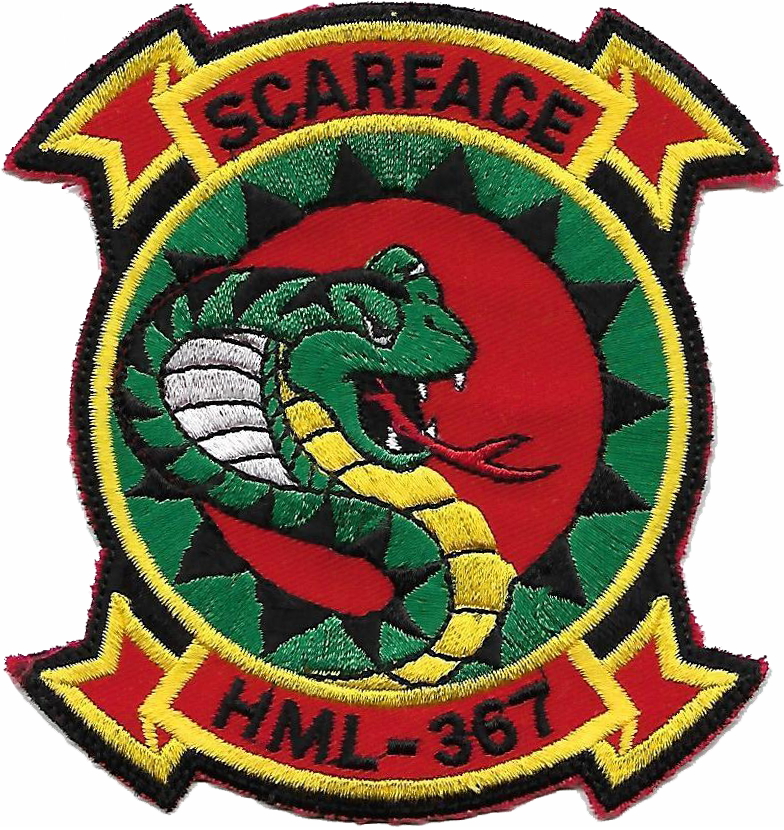
Gunny Smith in Beaufort, SC, taught me how to work on the electrical systems of the fighter planes at the base. I have used that electrical knowledge for my entire life.
Major Gash was the best helicopter pilot I flew with during my ten months flying with VMO-3 and HML-367. He treated everyone on the helicopter as equals, knew the aircraft well, was a x-fixed-wing pilot, well versed in navigation, and was able to get the helicopter where we needed it. I always felt confident flying with Major Gash.
List the names of old friends you served with, at which locations, and recount what you remember most about them. Indicate those you are already in touch with and those you would like to make contact with.
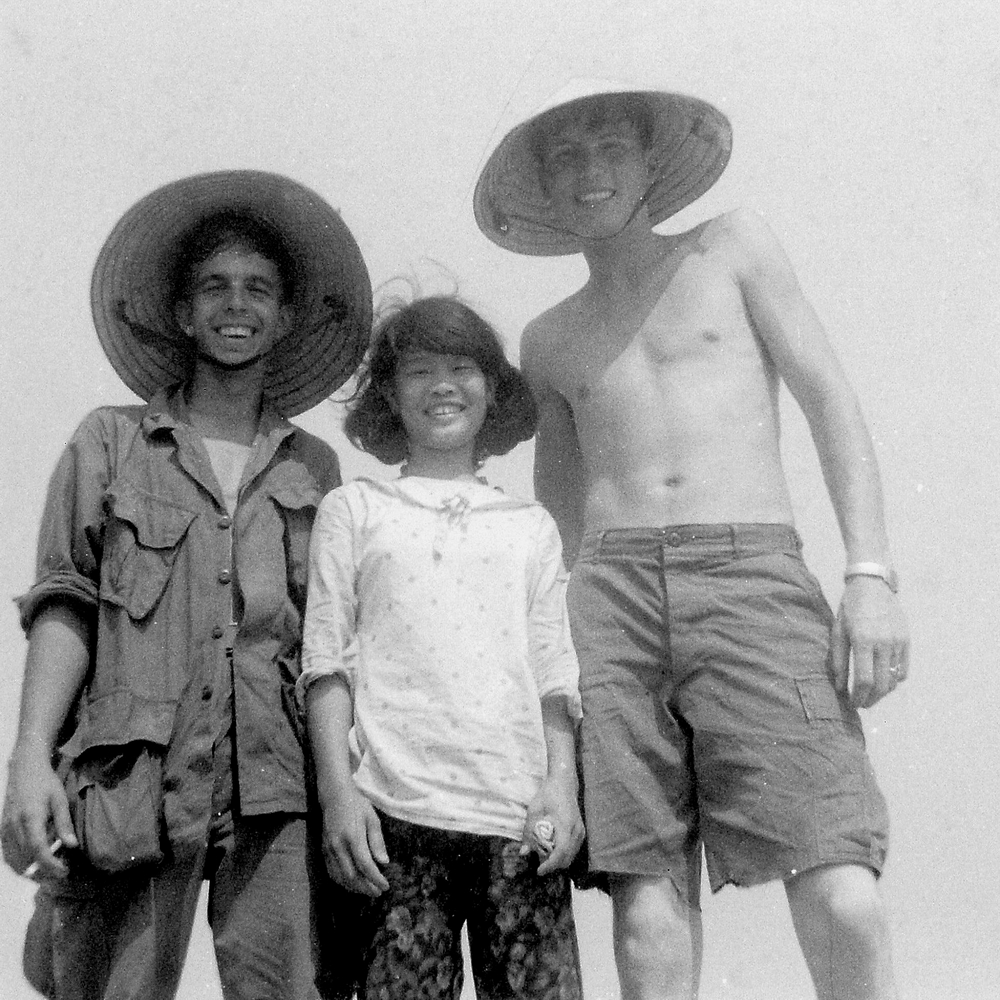
Jim Conway was a Marine I met in Phu Bai. He was a small statue fellow and the flare crew guy that joined VMO-3 with me. Jim & I were the champion Pinochle players of our group there at Phu Bai. I have not seen or heard from him since our days in Phu Bia. I have tried to locate him with no success.
Can you recount a particular incident from your service, which may or may not have been funny at the time, but still makes you laugh?
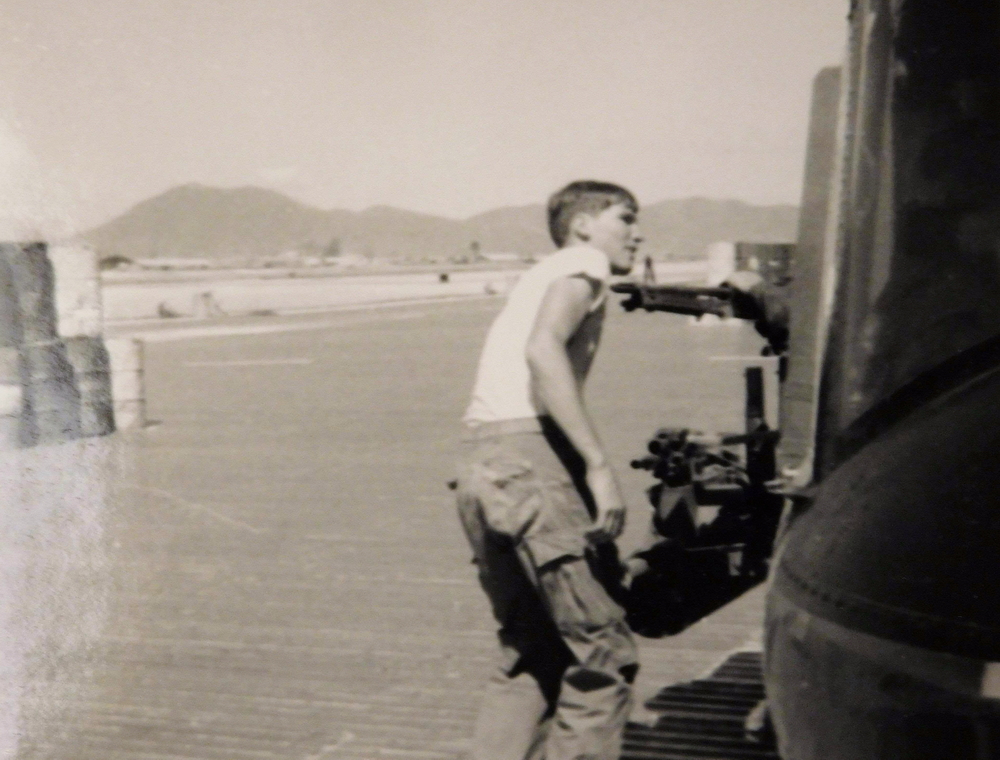
While flying with a new young pilot to HML 367, approaching a fire support site, he fired a burst of rockets, waited awhile, and then asked me why they had not gone off. He knew I was one of the ordinance guys who assembled and loaded the rockets. My response was, “Sir, they have not hit the ground yet, give them a little time!” In another 10 or 15 seconds, we could all see that all the rockets went off as they hit the ground. That was the farthest I had ever seen rockets fired. I flew many times with that pilot since that day, and he never mentioned the quality of my rockets again.
What profession did you follow after your military service, and what are you doing now? If you are currently serving, what is your present occupational specialty?
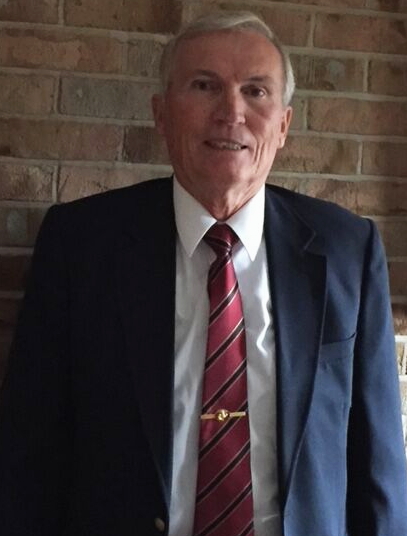
After my discharge from the Marine Corps, I attended Penn State, obtained a B.S. degree in Civil Engineering with the GI Bill, and started a 50-year career as a Civil Engineer. I started my own Civil/Structural Consulting Engineering Company (Tenequip, Inc) about twenty years ago and have been working with it since. But I am afraid Biden’s economy will soon force me to retire.
What military associations are you a member of, if any? What specific benefits do you derive from your memberships?
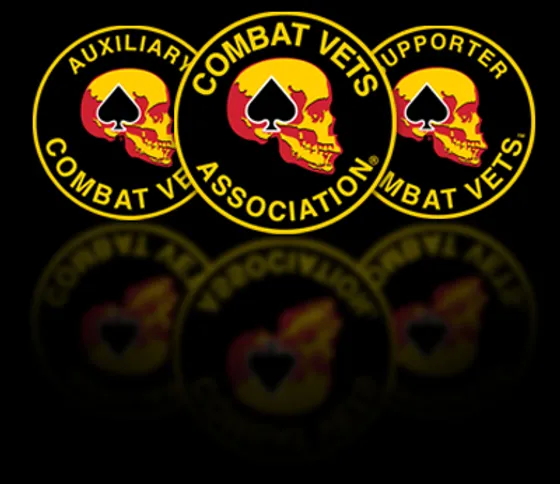
I am a member of the following Military Associations:
Marine Corp League #1416
Vietnam Veterans of American
Veterans of Foreign Wars
Combat Veterans Motorcycle Association
I enjoy the camaraderie of being with the other veterans who understand what it is like to be in foreign countries as an American serviceman.
In what ways has serving in the military influenced the way you have approached your life and your career? What do you miss most about your time in the service?
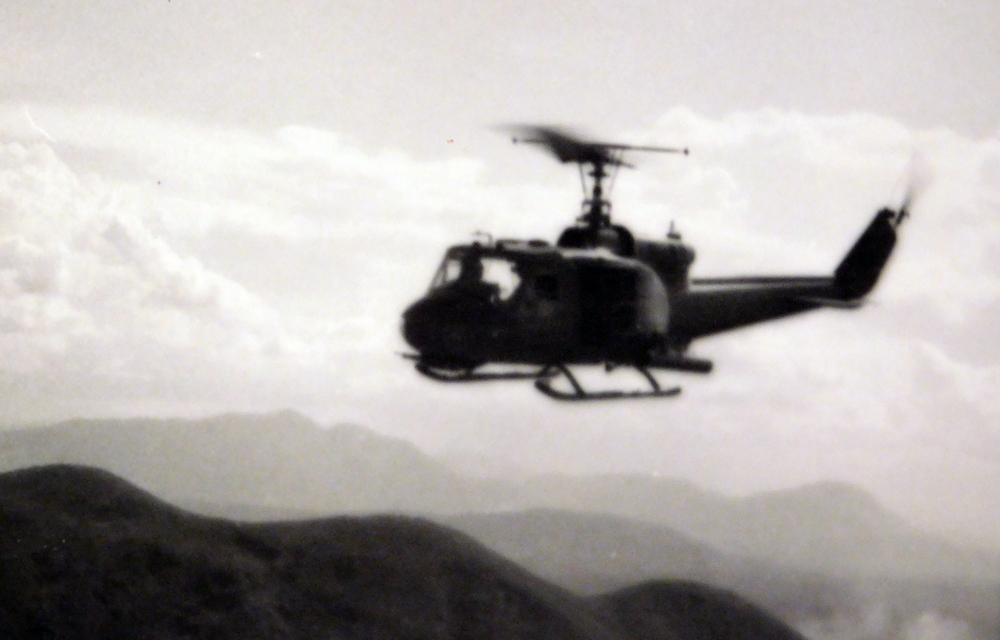
The Marine Corps influenced my life after the service by instilling a can-do attitude and the ability to lead. I miss the camaraderie and the travel to the far corners of the world.
Based on your own experiences, what advice would you give to those who have recently joined the Marine Corps?
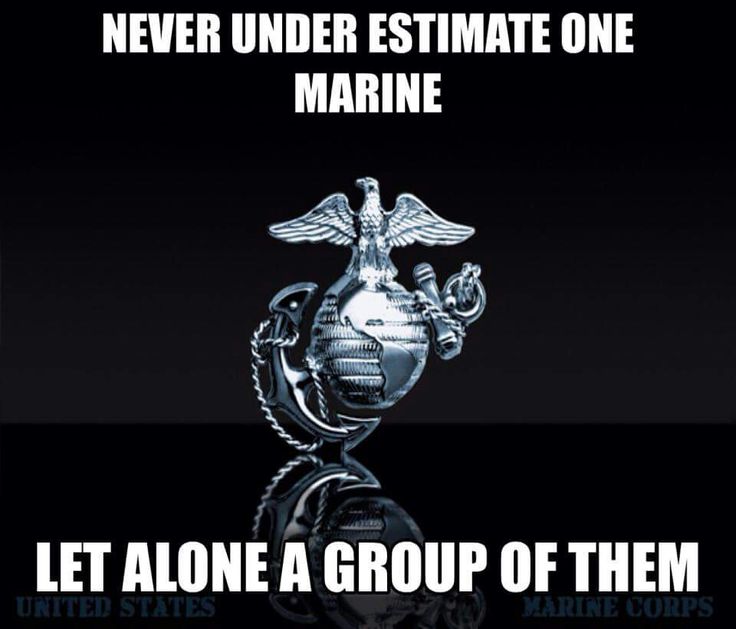
Pay attention to what you are taught and what is happening around you, and don’t let the small stuff bother you. You will be a better person when you get out in four or twenty years.
In what ways has togetherweserved.com helped you remember your military service and the friends you served with.
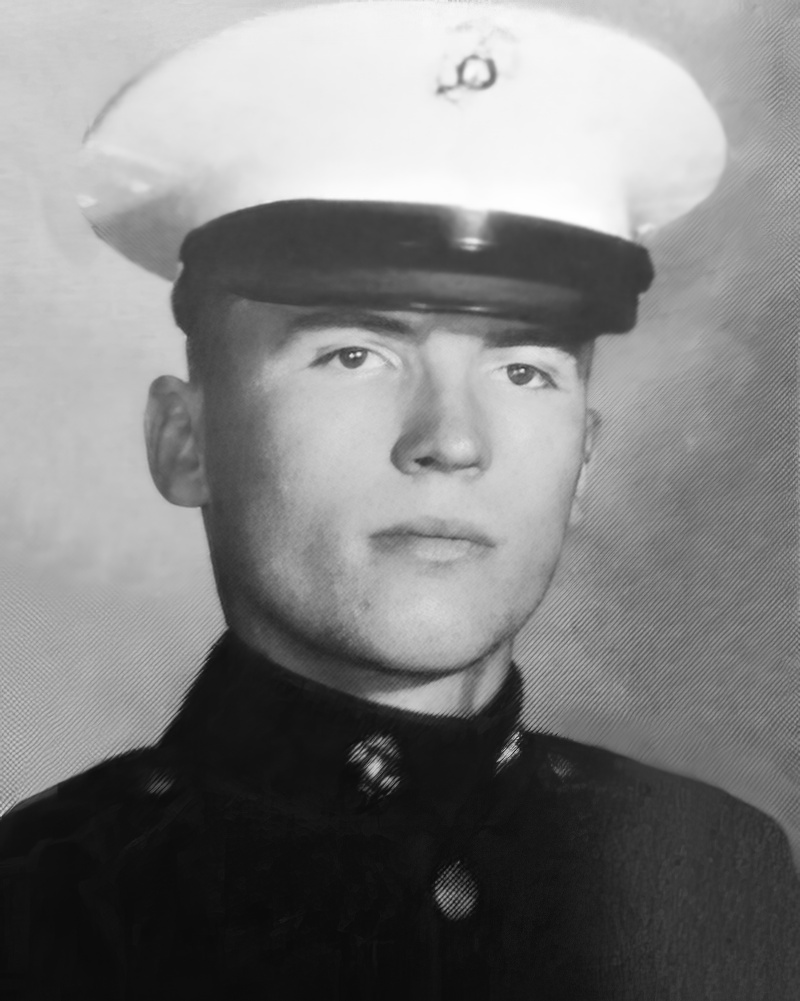
It reminds me of what it was like in the Marines, and I enjoy reading the stories of other Marines’ military experiences.
PRESERVE YOUR OWN SERVICE MEMORIES!
Boot Camp, Units, Combat Operations
Join Togetherweserved.com to Create a Legacy of Your Service
U.S. Marine Corps, U.S. Navy, U.S. Air Force, U.S. Army, U.S. Coast Guard
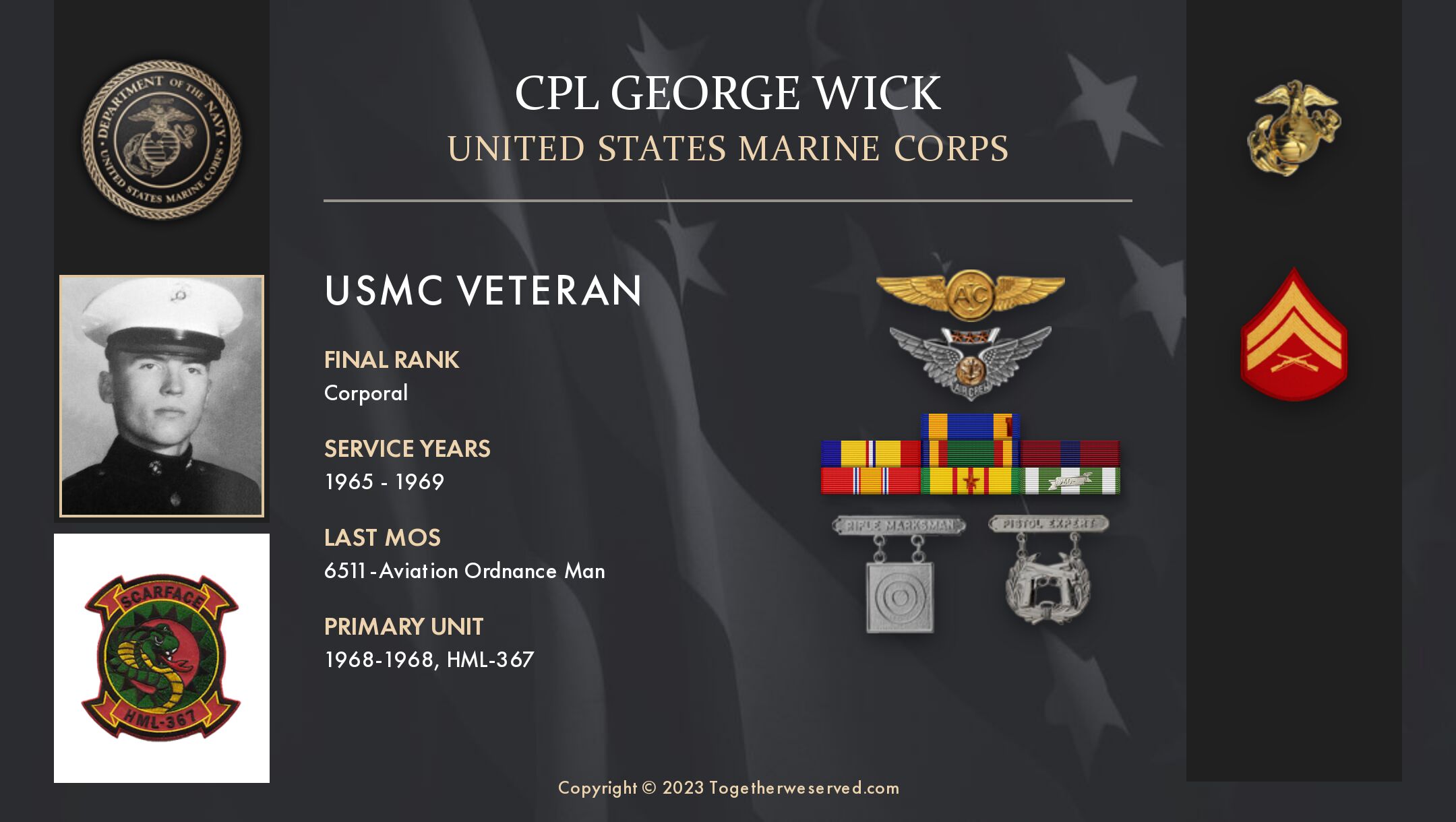
0 Comments